When you think of Ayurveda, the first thing that probably comes to mind is balance, of the body, mind, and spirit. But did you know that Ayurveda has always had a deep, nourishing love affair with hair? In this ancient system, your hair isn’t just a beauty asset, it’s a reflection of your inner health, vitality, and emotional wellbeing.
As a formulator who blends traditional wisdom with modern science, I’ve seen firsthand how powerful Ayurvedic herbs can be when used correctly. These aren’t just “natural” ingredients thrown into a bottle to make a product look green or earthy. No, each herb carries centuries of healing, rituals, and results. From strengthening the roots to calming the scalp and even uplifting your mood, these botanicals are multitaskers in the truest sense.
In this blog, I’ll take you through some of the top Ayurvedic herbs that have stood the test of time. We’ll explore what they do, how to use them effectively in your formulations or DIY blends, and why they’re still as relevant today as they were thousands of years ago. So whether you’re a student of herbalism, a curious DIYer, or a professional formulator looking to infuse a bit of ancient magic into your creations, this one’s for you.
Let’s dive into the green heart of Ayurveda, one herb at a time.
What Makes Ayurvedic Haircare Different?
Let’s be honest, modern haircare often feels like a checklist. Shampoo. Condition. Serum. Go. It’s fast, it’s functional, and often focused on fixing a symptom, dryness, breakage, dandruff, without asking why it’s happening in the first place.
Ayurveda flips that script.
In Ayurvedic philosophy, your hair is seen as a byproduct of your bones and nervous system, which means its health is intricately linked to your digestion, stress levels, sleep, and overall dosha balance. If your scalp is inflamed, Ayurveda doesn’t just give you an anti-dandruff shampoo, it looks at your Pitta. If your hair feels dry and brittle, it doesn’t just point you to a conditioner, it asks if your Vata is out of whack.
That’s the beauty of it.
Ayurvedic haircare isn’t about trends, it’s about understanding the root cause and supporting your body from within, while also giving your scalp and strands the herbal nourishment they deserve on the outside. The ingredients used aren’t cosmetic fluff, they’re time-tested botanicals chosen for their ability to balance, repair, and rejuvenate both body and mind.As a modern formulator, what I love most is how deeply intentional this approach is. Every ingredient has purpose. Every oil, every powder, every infusion serves a role in restoring harmony. It’s haircare that goes beyond the surface, and that’s exactly what makes it so powerful.
Top Ayurvedic Herbs for Haircare
Now let’s get to the heart of it, the herbs. These aren’t just “nice to have” ingredients; they’re the soul of Ayurvedic haircare. Each one brings a specific energy, action, and benefit. And when you know how to use them correctly? Oh, they work like magic, gently, deeply, and holistically.
Here are some of my absolute must-haves when it comes to formulating Ayurvedic haircare products:
Bhringraj (Eclipta alba) – The King of Hair Herbs
Ask any Ayurvedic expert about hair, and this name will pop up first. Bhringraj is revered for stimulating hair growth, reducing hair fall, and even preventing premature greying. It’s also deeply calming, making it great for Pitta-dominant folks or anyone dealing with stress-induced hair loss.
Best used in: oil infusions, hair masks, and scalp serums.

Amla (Emblica officinalis) – The Scalp Rejuvenator
Packed with natural Vitamin C and antioxidants, Amla is all about strengthening the follicles, increasing shine, and boosting scalp health. It also gently exfoliates, so it’s lovely in hair cleansers and scrubs.
Best used in: powders, pastes, fermented hair rinses, and decoctions.
Brahmi (Bacopa monnieri) – The Root Strengthener
Brahmi is known for enhancing circulation to the scalp and nourishing the nervous system, two things your hair follicles absolutely love. It’s especially effective for weak roots, thinning hair, and scalp fatigue.
Best used in: oil infusions and calming scalp treatments.
Hibiscus (Rosa sinensis) – The Natural Conditioner
This one’s a personal favorite! Hibiscus petals are rich in mucilage and plant acids, which help condition hair, enhance volume, and support shine. It’s amazing for curl definition too.
Best used in: masks, creams, and pH-balanced herbal gels.
Neem (Azadirachta indica) – The Scalp Purifier
Neem is the go-to for any itchy, flaky, or acne-prone scalp. It’s cooling, clarifying, and anti-microbial. A savior for oily scalps and dandruff-prone individuals.
Best used in: scalp sprays, rinses, and herbal shampoos.
Fenugreek (Trigonella foenum-graecum) – The Volume Booster
Fenugreek is deeply nourishing, rich in lecithin, and a natural detangler. It strengthens the shaft, reduces shedding, and leaves hair soft and bouncy.
Best used in: mucilage extracts, pastes, and conditioning masks.Each of these herbs has its own personality, some calm, some energize, some cleanse, some fortify. But together? They form a complete hair wellness ritual. In the next section, I’ll show you exactly how to use them for the best results, whether you’re DIY-ing a Sunday hair mask or formulating a professional blend for your brand.
How to Use Them Effectively in Haircare Formulations
Okay, so you’ve met the star herbs, now let’s talk about turning them into actual products that work. Because knowing which herb to use is one thing… but knowing how to use it in a formulation? That’s where the real magic (and science) happens.
As a professional formulator, I always say this: Ayurvedic herbs are powerful, but they’re only as effective as their method of delivery. You could have the best Bhringraj powder in the world, but if it’s not properly extracted or preserved, you’ll miss out on its benefits, or worse, risk contamination.
So let’s go over the best ways to get the most out of these botanicals:
1. Oil Infusions: The Classic Ayurvedic Way
Perfect for herbs like Bhringraj, Brahmi, Amla, and Hibiscus, oil infusions pull out fat-soluble compounds and offer a longer shelf life. I typically use sesame oil for warming formulas (great for Vata types) and coconut or sunflower oil for cooling, calming blends (ideal for Pitta).
Formulator tip: Use low heat (double boiler method) and infuse slowly over 3–5 hours, or go the traditional cold infusion route for 21–40 days for maximum potency.
2. Water-Based Decoctions & Teas
For scalp tonics, hair rinses, and shampoos, water extractions are gold. Boil herbs like Neem, Amla, or Fenugreek to create decoctions that soothe the scalp and detoxify.
Formulator tip: Always strain well and preserve appropriately, especially if you’re using fresh plant matter. These decoctions are best used fresh or preserved with a proper system like Geogard Ultra or a broad-spectrum preservative.
3. Herbal Powders & Masks
Ayurvedic powders are incredibly versatile. You can use them solo or in combination for customized masks. Think Fenugreek + Hibiscus + Aloe powder for moisture and definition, or Neem + Amla + Brahmi for scalp care.
Formulator tip: Pair powders with warm water, aloe juice, or hydrosols. Avoid just using plain water, it evaporates too fast and doesn’t carry the herb’s benefits deeply.
4. Herbal Mucilage & Gels
Slippery herbs like Fenugreek and Hibiscus can be soaked to release their mucilage, which acts as a natural conditioner and humectant. It’s beautiful in leave-in creams, curl gels, or soothing scalp masks.
Formulator tip: Strain thoroughly to avoid clumps, and add a compatible preservative to extend shelf life.
5. Extracts & Tinctures for Advanced Formulators
If you want more consistency, shelf stability, and potency, consider using standardized herbal extracts. These can be water-based, glycerites, or alcohol tinctures. Great for emulsions, serums, or scalp elixirs where precision matters.
Formulator tip: Always check solubility and pH compatibility. Some powdered extracts work better in oils, others in water-based formulas.The bottom line? There’s no one-size-fits-all. Choosing the right method depends on the product format, target concern, user experience, and shelf life expectations. But once you understand how to unlock each herb’s unique potential, you’ll never go back to plain oils or generic hair masks again.
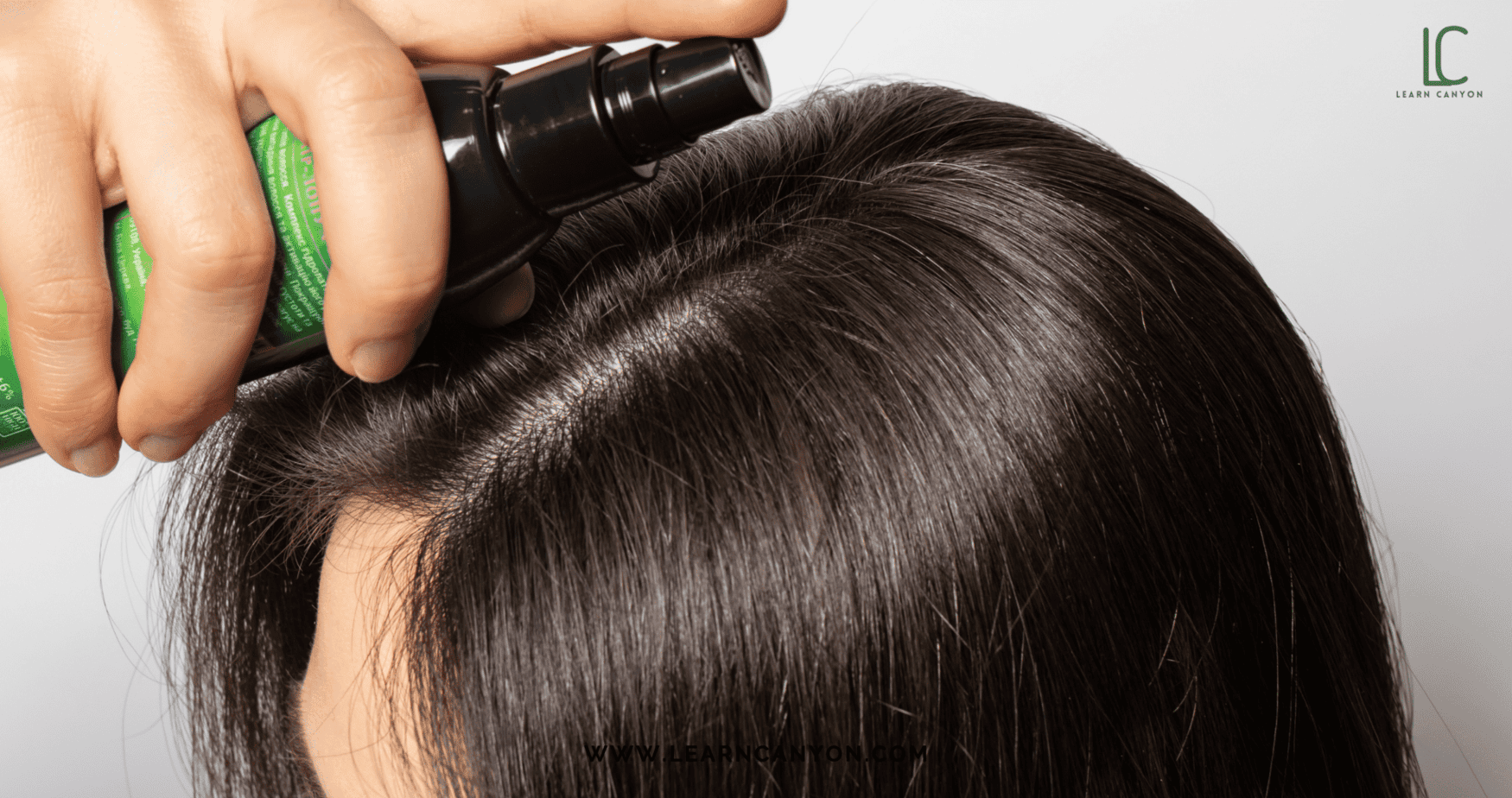
Pro Formulation Tips from Priya
Now that you know the herbs and the methods, let’s zoom in on the little formulation secrets that make a big difference. These are the insights I’ve gathered from years of blending Ayurvedic principles with cosmetic science, tips I wish someone had handed me when I started.
Ready? Let’s get into it:
1. Synergy Over Quantity
More herbs doesn’t mean better results. In fact, overloading your formula with too many actives can confuse the scalp or dilute individual herb actions. Instead, pair 2–3 herbs that complement each other.
Think Bhringraj + Amla for hair growth, or Neem + Brahmi for irritated scalps.
Pro tip: Create “herbal archetypes” in your lab journal, calming blends, volumizing blends, strengthening blends, and rotate within those.
2. Respect Herbal Temperatures
Some herbs are heat-sensitive. Hibiscus and Fenugreek mucilage, for instance, break down when overheated. Others, like Neem or Bhringraj, release more benefits when gently warmed.
So always match your process to the plant’s nature.
Pro tip: Use a thermometer and stay in the 40–60°C range for most oil infusions and extracts. Go cooler for mucilage-based preps.
3. Play With pH for Performance
Yes, even in Ayurvedic-inspired products, pH matters!
Hibiscus loves an acidic environment (which also enhances shine). Neem prefers slightly alkaline conditions for antimicrobial activity.
Know your herb’s chemistry, not just its heritage.
Pro tip: Use pH strips or a meter for water-based products. Aim for pH 4.5–5.5 for hair masks, leave-ins, and sprays.
4. Fresh Isn’t Always Better
We love fresh ingredients, but in formulation, standardized herbal extracts offer consistency and stability, especially in professional products.
Powdered herbs are beautiful for at-home DIYs or spa treatments, but for shelf-ready items? Think about shelf life, batch stability, and user experience.
Pro tip: Blend powdered herbs into rinse-off products and use extracts for leave-ons or emulsions.
5. Preserve What You Pour Your Heart Into
Herbs are biologically active. That means they can spoil quickly in water-based formulas, especially decoctions and mucilage gels.
So even if your formula feels “natural,” please don’t skip the preservative. Ayurveda and microbiology can coexist!
Pro tip: Use broad-spectrum, ECOCERT-approved preservatives like Geogard Ultra, Dermosoft 1388 Eco, or Leucidal SF when needed.
At the end of the day, your formula isn’t just a blend of oils and powders, it’s a story. A reflection of ancient wisdom infused with modern intention. The more you respect each herb’s personality, properties, and limitations, the more powerful (and safe) your creations will be.
Sample Formula: Ayurvedic Hair Oil for Growth & Shine
Let’s bring everything together, shall we? Here’s a tried-and-true Ayurvedic hair oil formula straight from my formulation journal. It’s designed to promote stronger roots, improve shine, and support a calm, nourished scalp. Think of it as a loving blend of tradition and technique, infused with intention.
You can make this as a DIY weekend ritual or scale it for a pre-shampoo treatment in your own product line. Either way, your scalp and strands are in for a treat.
Ayurvedic Hair Oil for Growth & Shine
Phase A – Herbal Oil Infusion
- Sesame Oil – Qs. (warming, deeply penetrating)
- Coconut Oil – 25% (cooling, adds shine and softness)
- Sunflower Oil – 15% (lightweight carrier, rich in Vitamin E)
- Bhringraj (dried) – 5%
- Amla (dried) – 5%
- Brahmi (dried) – 3%
- Hibiscus petals (dried) – 2%
Infuse Phase A herbs into oils over low heat using a double boiler for 3–4 hours, stirring gently. Alternatively, cold-infuse in a sealed jar for 21–28 days, shaking daily.
Phase B – Enhancements & Actives (optional but recommended)
- Rosemary Essential Oil – 0.5% (stimulates follicles)
- Lavender Essential Oil – 0.5% (calms inflammation and adds a soothing aroma)
- Vitamin E (Tocopherol) – 1% (antioxidant and shelf-life extender)
Once your herbal oil is strained and cooled, blend in Phase B. Bottle in amber glass or HDPE to protect from light.
Usage
Massage 2–3 teaspoons into the scalp and lengths. Leave on for at least 30 minutes, or overnight for deeper nourishment. Wash off with a mild herbal shampoo. Use 2–3 times a week for best results.
Priya’s Pro Tips:
- Want a lightweight version? Swap out coconut for jojoba or argan oil.
- Selling it? Consider using standardized CO2 extracts for consistency in larger batches.
- Make a dual-chamber formula with this oil on one side and a water-based scalp tonic on the other, it’s a beautiful modern Ayurvedic pairing!
This formula is not just effective, it’s experiential. The scent, the texture, the ritual… everything about it invites the user into a moment of care, calm, and connection. And that’s what Ayurvedic beauty is all about, isn’t it?
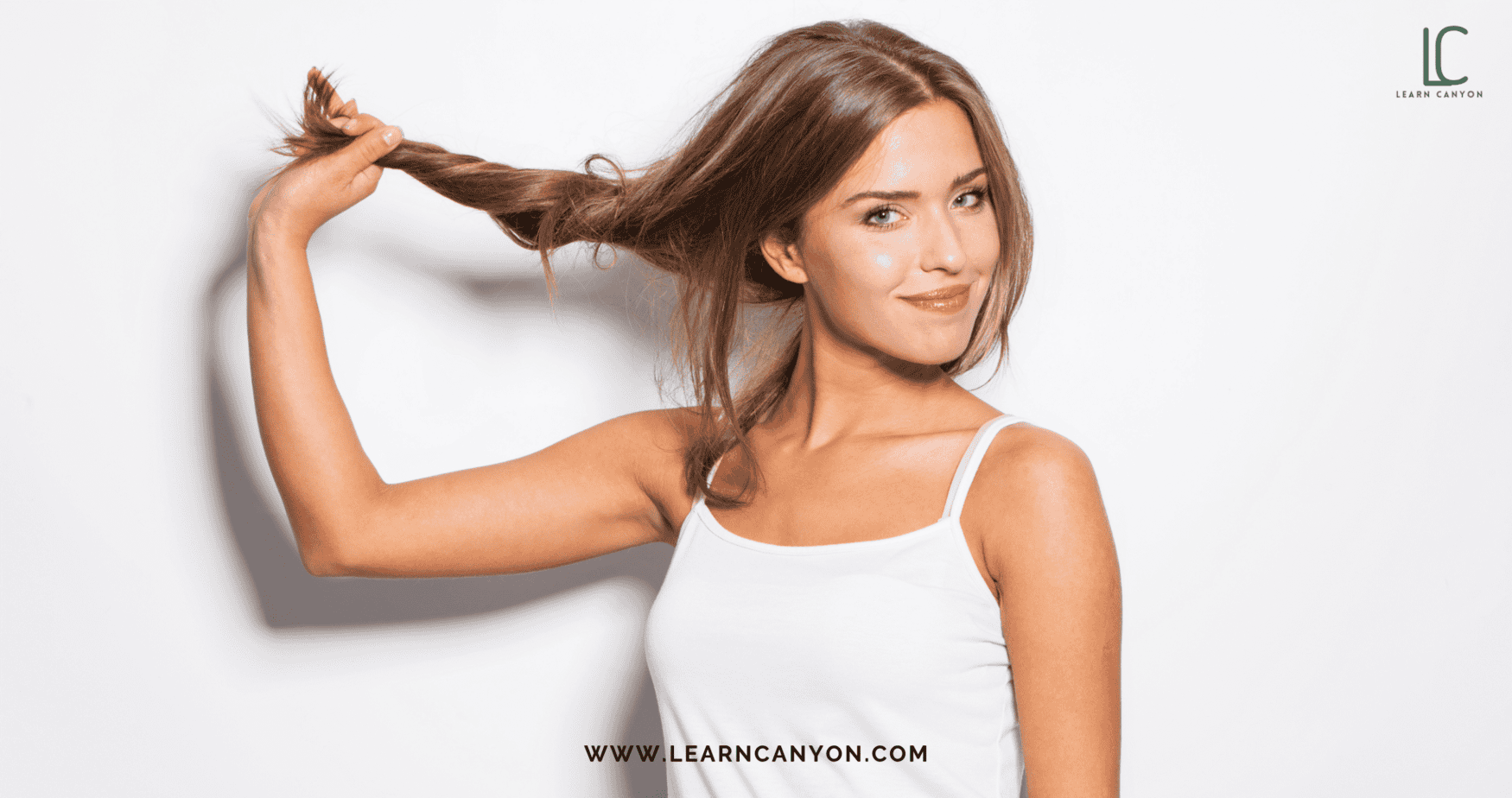
Conclusion
When it comes to haircare, Ayurveda isn’t just a trend, it’s a timeless science that’s still deeply relevant in our fast-paced, modern world. And the best part? You don’t have to choose between tradition and innovation, you can embrace both.
As a formulator, I love taking these ancient herbs, Bhringraj, Amla, Brahmi, Hibiscus, and blending them into formulas that not only honor their history, but also meet today’s standards for safety, stability, and user experience. It’s this beautiful balancing act between ritual and result that makes Ayurvedic haircare so powerful and so personal.
Whether you’re creating products for yourself, your clients, or your brand, the goal isn’t just stronger, shinier hair (though you’ll get that too!), it’s deeper. It’s about nurturing your scalp, calming your mind, and restoring harmony. One herbal infusion at a time.
So as you step into your formulation journey with Ayurvedic herbs, don’t be afraid to experiment, evolve, and infuse your own energy into each blend. That’s where the true magic lies, in the intention behind every drop.
And trust me, your hair will feel it.
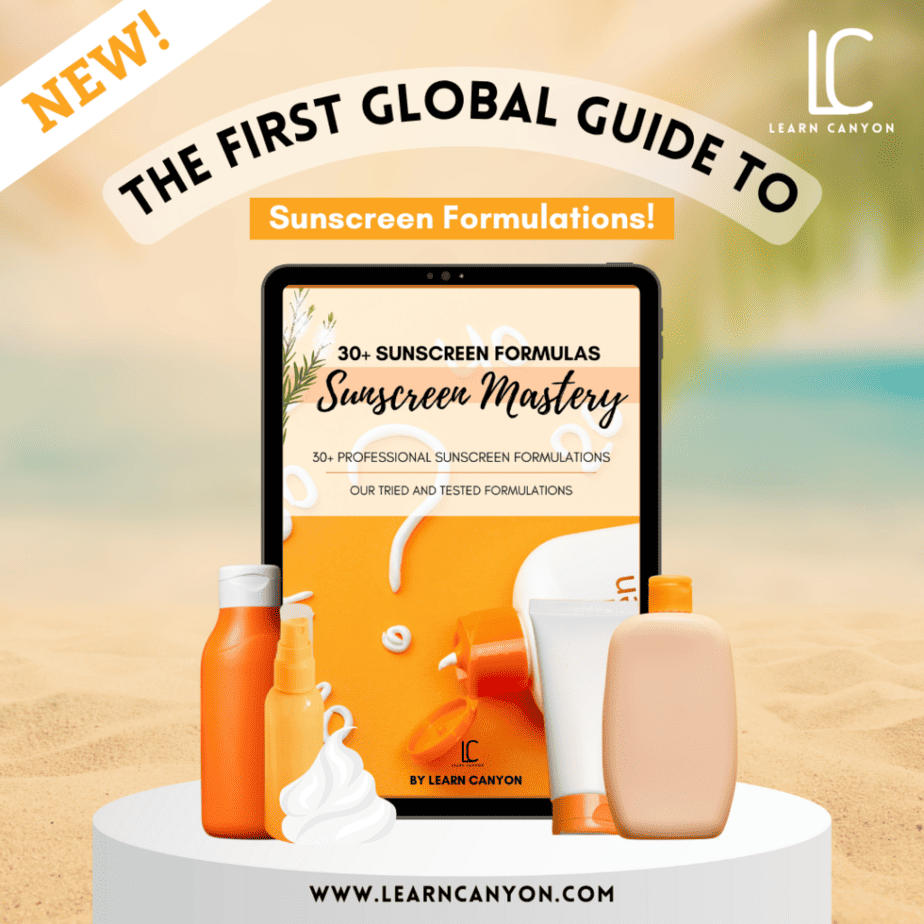
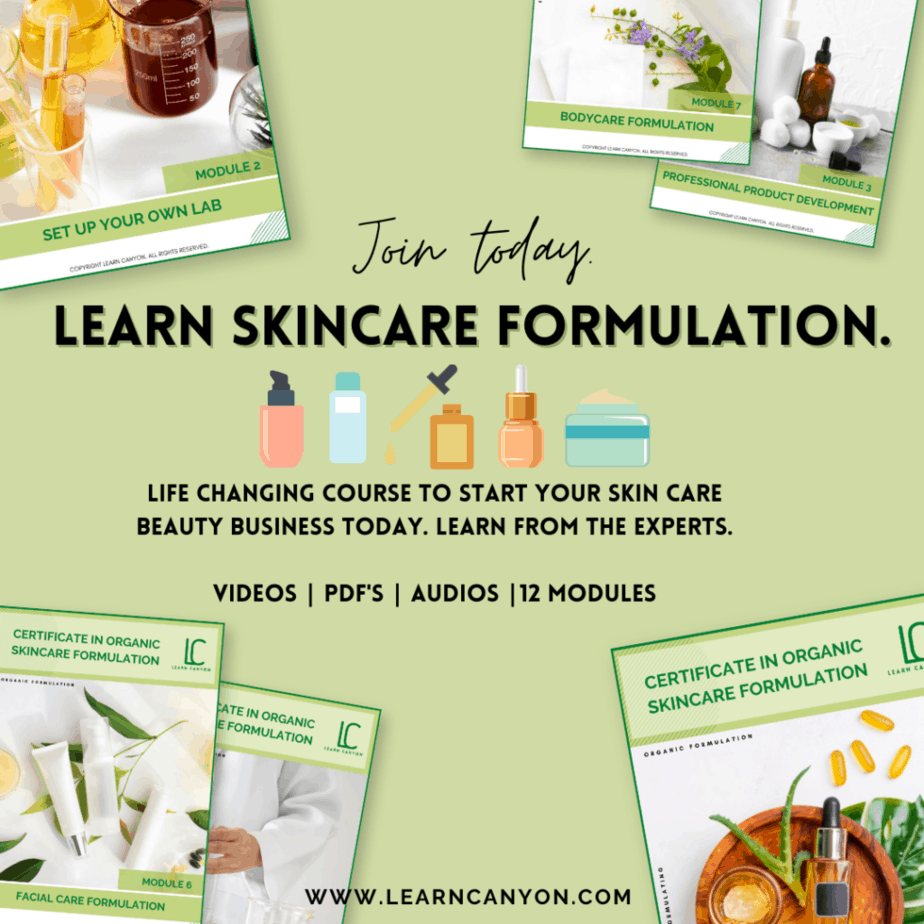
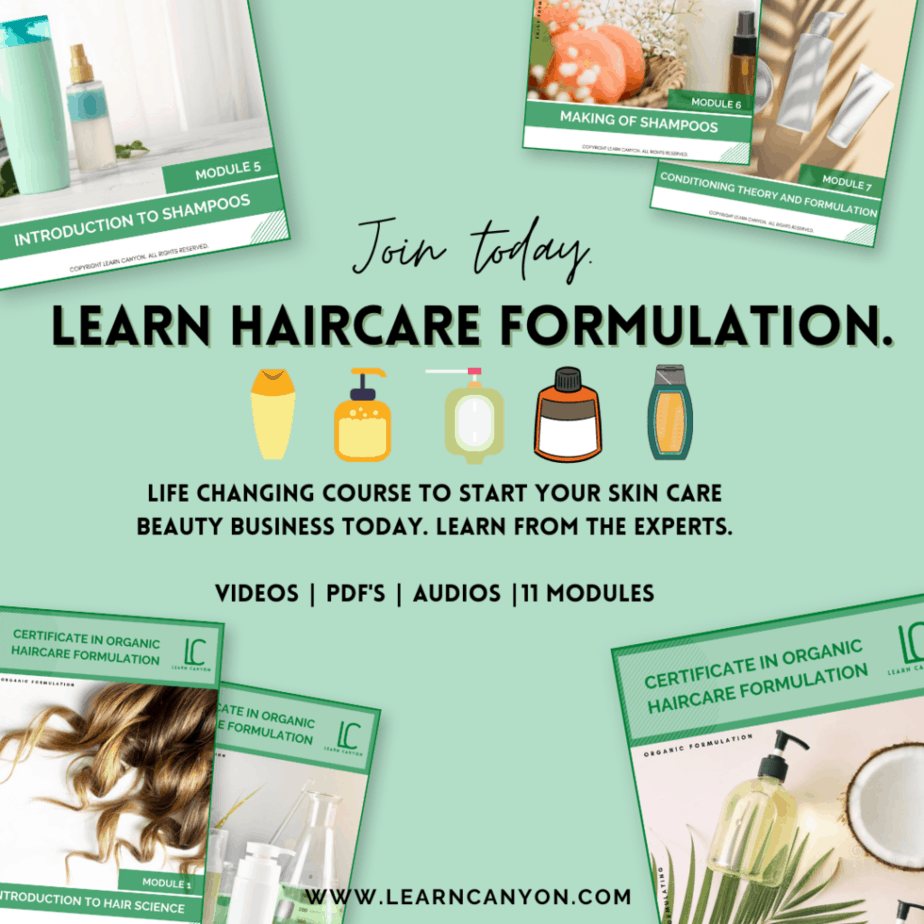
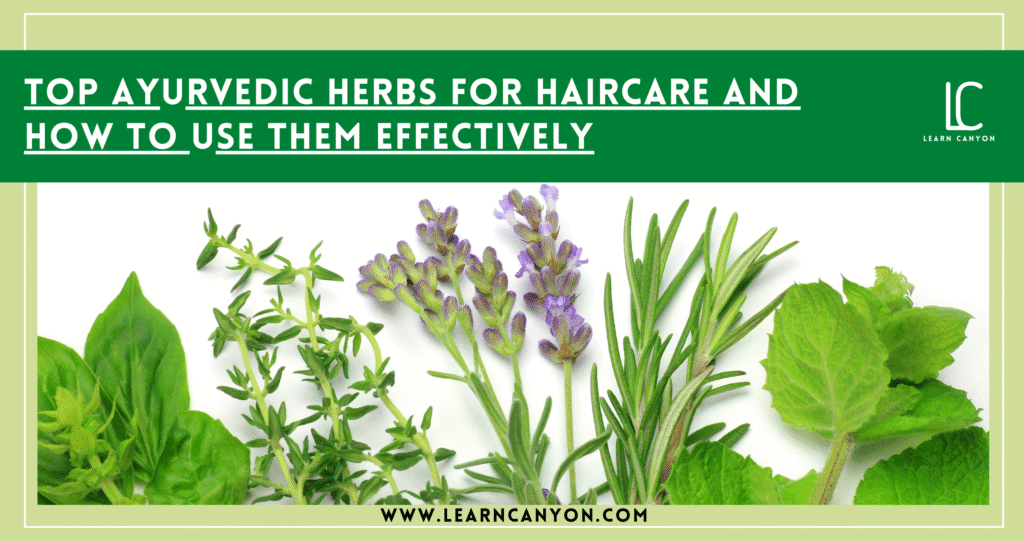


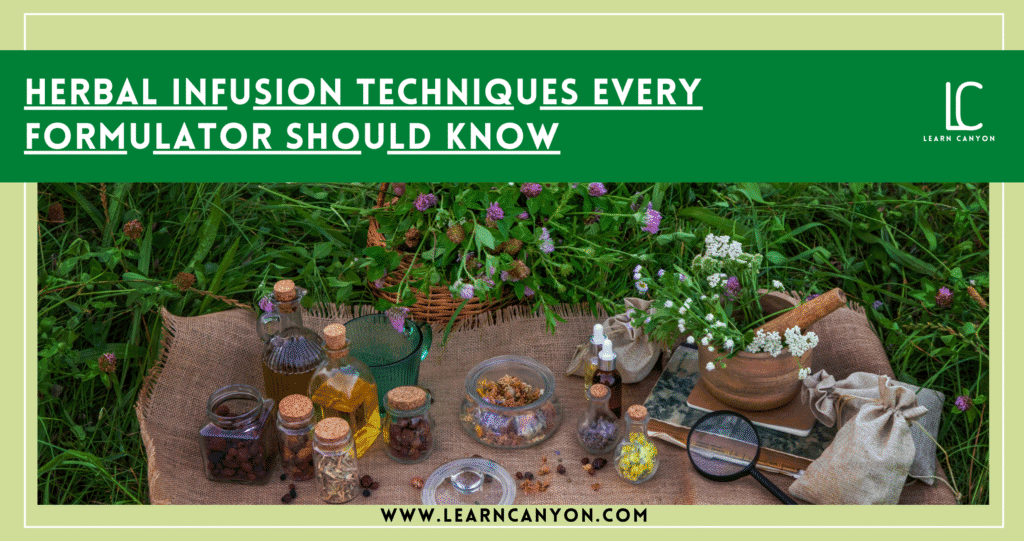



1 thought on “Top Ayurvedic Herbs for Haircare and How to Use Them Effectively”
Hello.
I live in Mexico. Do you have the info in Spanish and do you know where I can buy the ingredientes?
Thank you